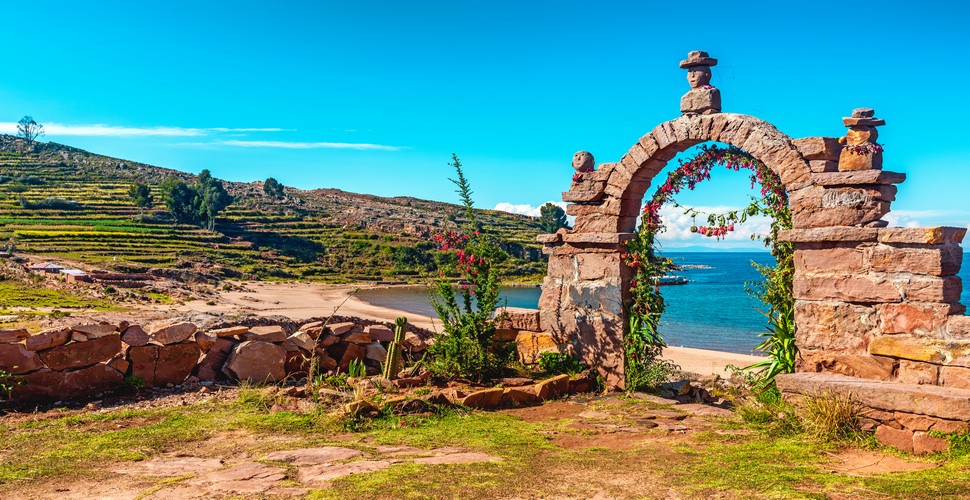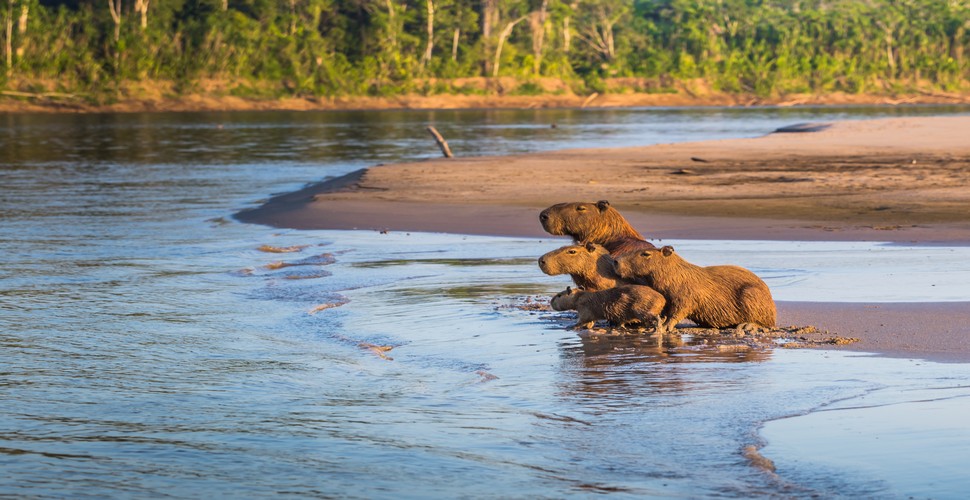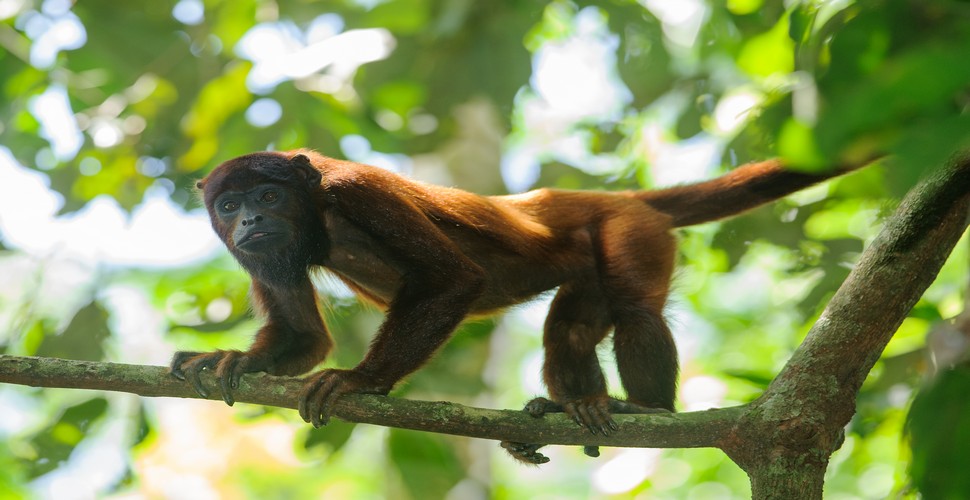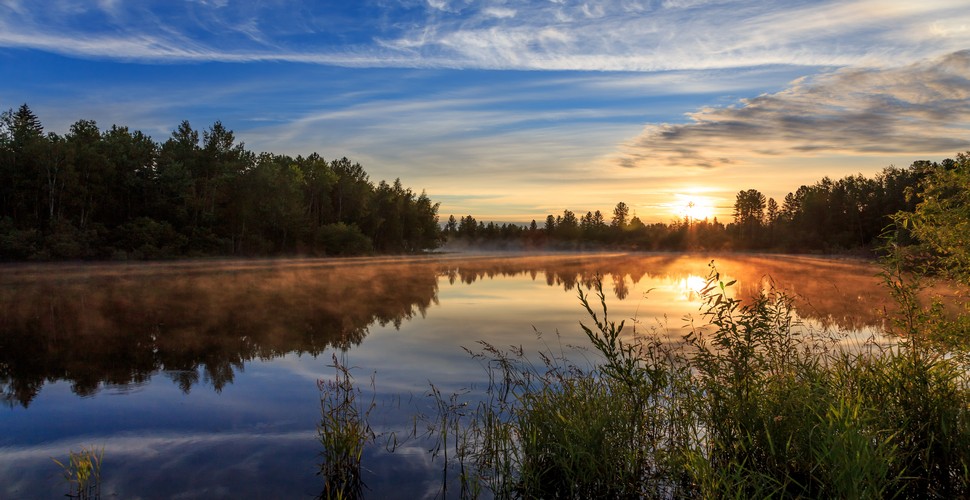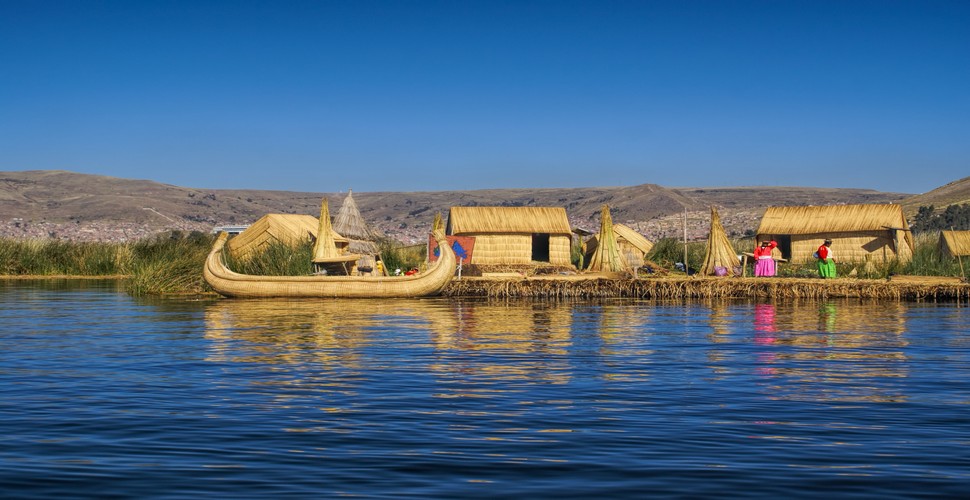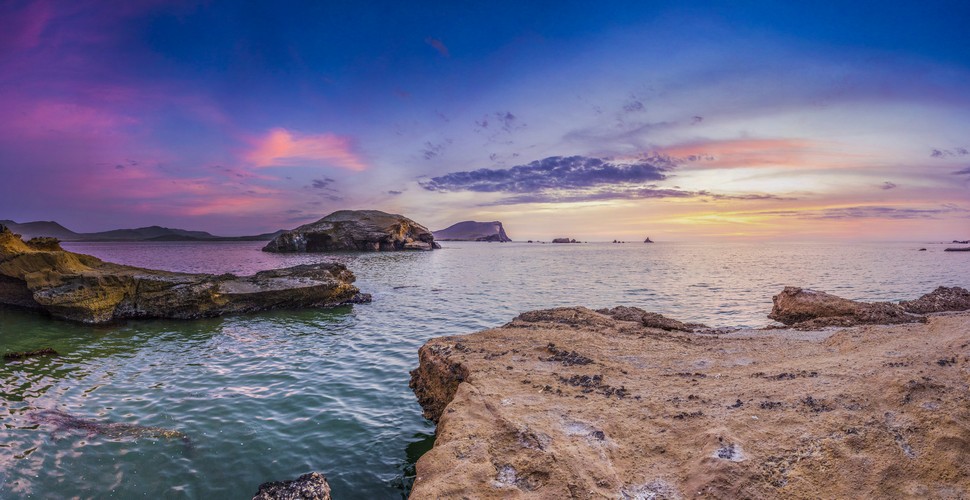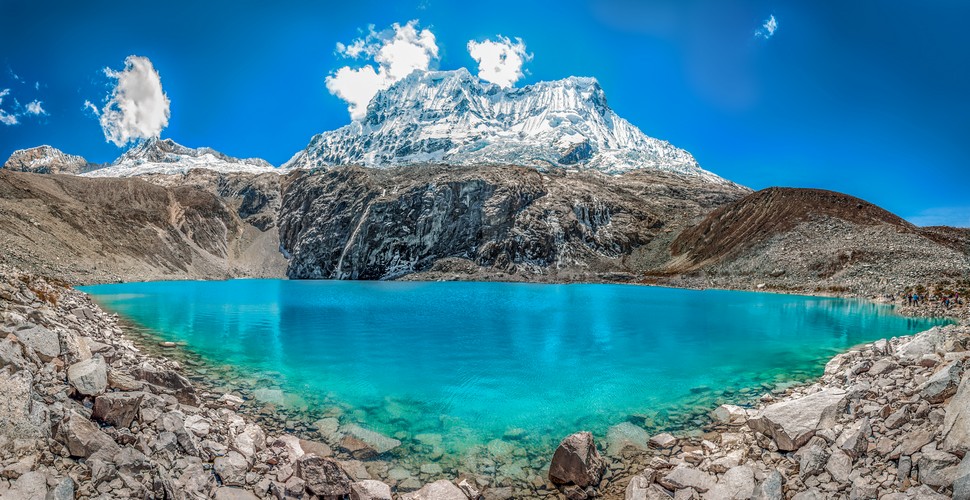
The best national Parks in Peru
Written by:Valencia Travel
Last Update: 2025-01-08
Peru ‘s national parks are home to some of the most diverse plant and animal species in the world. From the ocean to the beach and the jungle to the mountains, Peru’s parks have everything you could hope to see Here are some of the best national Parks in Peru.
Taquile Island, Titicaca
Manu National Park
Parque Nacional Manu is Peru’s most impressive protected park, in the jungle of Peru. It is visited by hundreds of tourists, most of whom, after spending several days enjoying the Sacred Valley, decide to change the mountainous cold for the warm humidity of the jungle. With about 1.7 million hectares of rainforest, the park contains an incredible amount of animal and plant diversity. There are lodges deep in the jungle that offer you greater chances at seeing some of the jungle’s larger more elusive animals like monkeys and jaguars. You can also take tours where you just might be able to spot giant river otters. The parks’ unique location close to the Andes, its natural beauty and impressive wildlife, makes it Peru’s must-see national park.
Family of Capybaras in Manu
Tambopata National Reserve
Just next to Manu, is one of Peru’s largest preserved rainforests. This reserve covers over 200,000 hectares of tropical forest and is home to incredible bio-diversity, just like its neighbor. Like other tropical rainforests, you’ll be able to spot monkeys, exotic birds and of course, a lot of insects. The park’s proximity to the little town of Puerto Maldonado makes this park only a short ride away from the town if you’re trying to save some money.
Red Howler Monkey, Tambopata
Pacaya Samiria National Reserve
In the north of Peru in the Amazon Rainforest, this jungle reserve encompasses an area of flooded rainforest, that fills up during rainy season. Go to the Amazon city of Iquitos and from there you can head to Pacaya Samiria. To really explore the reserve, you must get a boat or cruise that will take you on a tour. There are even luxury cruise options in the jungle that’ll take you to see the famous pink river dolphin.
Pacaya Samiria Sunset
Titicaca National Reserve
Visitors go here to see the floating islands of Uros and its native communities that live on Lake Titicaca; however, the Titicaca Reserve encompasses this large lake and its surrounding countryside in the Andes, offering a unique landscape and stunning views. The floating islands, were built centuries ago in order to escape invaders, and require constant rebuilding as the bottom slowly rots away. These surreal artificial islands are unlike anything you’ve ever seen. The lake is home to a variety of different birds, 14 types of fish and about 18 different frogs whose populations are increasing due to its status as a national reserve.
Uros Floating Islands
Paracas National Reserve
Located along Peru’s southern coast, the Paracas national reserve is a protected area covering coastal water, islands and mainland sections. It was created in large part to protect cultural artefacts from the Paracas people found here by archaeologists, which in turn drew the attention of some shady characters. To help protect the area, the Peruvian government helped by protecting the land not only from delinquents, but from companies potentially building on top of historical remains. The islands inside the park are home to a variety of marine life and the park’s red beach is famous for its unique and rugged beauty.
Paracas Nature Reserve
Huascaran National Park
The Huascaran National Park is home to a chain of snow-capped peaks that comprise the longest tropical range in the world, making for some epic mountain views and outdoor activities. The park is a perfect place for backpackers and adrenaline junkies, offering fantastic spots for white-water rafting, mountain climbing, altitude hiking and fishing. The Huascaran park is named after its highest peak, which is one of the highest in all the Andes and the highest mountain in Peru.
